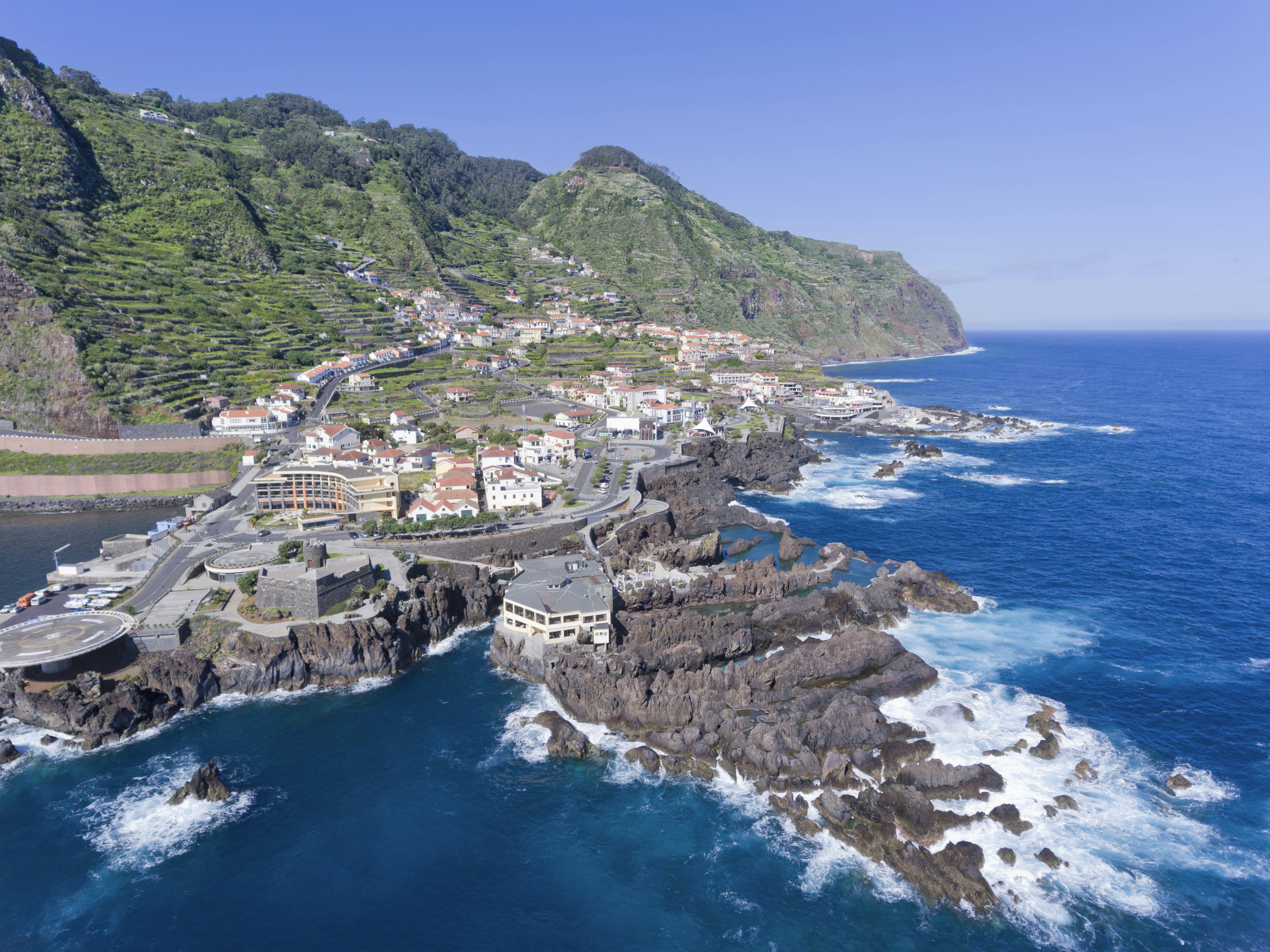
How to make sense of Europe's brand new 'traffic light' travel system

Nov 9, 2020 • 5 min read

It's hoped that the traffic light system will encourage people to travel again ©_lhan Eroglu/500px
The European Union’s traffic lights system is designed to be a consistent and easily understandable guide to current COVID-19 travel restrictions within Europe. It will also work as a one-stop information hub for guidance on where you can travel to and from within the continent. It was adopted by member states on 13 October.
https://twitter.com/hashtag/JustPublished?src=hash&ref_src=twsrc%5Etfw
The traffic lights system and the companion website Reopen.eu is a response both to the desire for standardisation between European countries in assessing the level of COVID risk, and also for a more centralised approach within Europe to handling response to the pandemic.
Travelers should note that what is standard about this system is the statistical method by which the risk level is calculated, not the response of your intended destination. Individual countries can still decide what restrictions to put in place at point of entry.
Unsurprisingly, the traffic lights system codes countries, and regions within them, as being green, orange (or amber if you prefer) or red. It’s worth flagging that the system is designed to work on a regional basis, as well as country-by-country. This could be a boon to travelers from one part of a country with a lower rate of infection and positive testing. It could also also avoid a situation where isolated regions like Madeira, the Canary Islands or the Azores are treated with the same blanket restrictions applying to the rest of a country.

For residents of countries or regions in the scheme deemed to be green there will no additional restrictions beyond following the guidelines in the country they are traveling to.
Those arriving from red destinations will be deemed high-risk and be subject to the strictest measures on top of what the destination already has in place, while those from orange destinations will be somewhere in between and should expect to have to jump through some extra hoops before arrival or once in that country or region. There will also be travel insurance implications if travelling to an orange or red destination.
Ask LP: Can I get a refund on accommodation if COVID restrictions affect my travel plans?
In terms of a breakdown, there are two factors in determining the status of a place: the rate of coronavirus infection and the test positivity rate. Green destinations are where the 14-day cumulative coronavirus case notification rate is less than 25 per 100,000 people, and the test positivity rate of tests for coronavirus infection is less than 4%.
To be termed as an orange destination the 14-day cumulative coronavirus case notification rate is less than 50 per 100,000 people, and the test positivity rate of tests for coronavirus infection is 4% or more. Alternatively, the 14-day cumulative coronavirus case notification rate ranges from 25 to 150, but the test positivity rate of tests for coronavirus infection is less than 4%.
Red destinations are places where the 14-day cumulative coronavirus case notification rate is 50 or more per 100,000 people and the test positivity rate of tests for coronavirus infection is 4% or more, or the 14-day cumulative coronavirus case notification rate is more than 150 per 100,000 people. Some destinations are marked as grey. This is where insufficient information is available, or the testing rate is 300 or less per 100,000 people.

Critically, you will still need to abide by the restrictions of any country you choose to travel to, which will also differ based on where you are travelling from. So even if Italy, for example, is allowing inbound travel from your country you will currently still need to have carried out a molecular or antigenic test in the 72 hours prior to your arrival. Periods of quarantine and the type of tests required will also vary from country to country. There remains a strong onus on would-be travelers to keep on top of changing entry requirements.
So why do this in the first place? All around the world different countries have responded in very different ways and at different times to the COVID-19 pandemic, controlling the situation within their own borders. This makes sense in most places. The European Union, however, has a long-held right of citizens to move freely across the borders of its 27 member states into others with no restriction or checks once they’ve entered. It wants to encourage free movement if it is safe to do so.
Ask LP: what’s the safer option - a hotel or an Airbnb?
In the Schengen Area - a group of 26 countries with no border restrictions between them - this means moving from one country to the other is normally as easy as crossing a state line. Only five EU countries are not in Schengen, and four of those (Bulgaria, Croatia, Cyprus, and Romania) are obliged to join in the future. Countries in the European Economic Area (Iceland, Liechtenstein, Norway) as well as Switzerland are also in Schengen. Since the departure of the UK from the EU only Ireland remains outside the zone without plans to join.

The temporary halting of free movement across some frontiers within the Schengen area seen during the pandemic is not just contrary to the principles of the EU, it constitutes the removal of a huge benefit to European and visiting travelers. European travel was quick to start-up again over the summer. However, but different national methods of working out which destinations could be visited from where was a recipe for confusion - and a barrier for making trips.
It’s also striking that data released on 5 November has almost all of Europe marked as red. The effectiveness of Reopen.eu and the system generally in communicating differences from country to country will be more apparent once the situation changes more variably between European countries.
Over the coming months Reopen.eu may well become as crucial a go-to tool as individual countries’ guidance on visiting. Its main use will be earlier in the planning stage in terms of showing where’s open for business and safe than other tools like IATA’s travel restrictions map. It’s another step towards more easily understandable guidance for travelers. Combined with more consistent approaches to testing and airport experiences it is to be hoped this will make travel in 2021 far smoother than the chaotic year we’ve endured so far in 2020.
You might also like:
What is a ‘travel pod’ and is it the future of vacation travel during the pandemic?
Italy requires more travelers get tested for COVID-19 before visiting
What a sustainable restart to travel could look like












